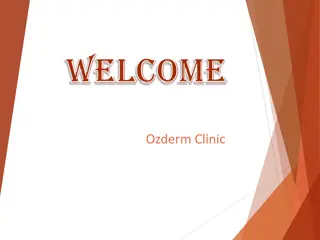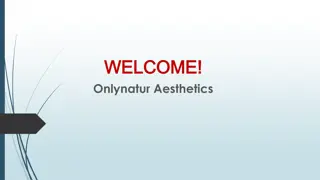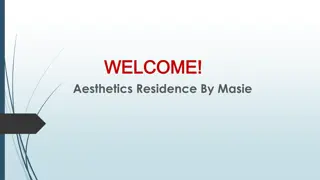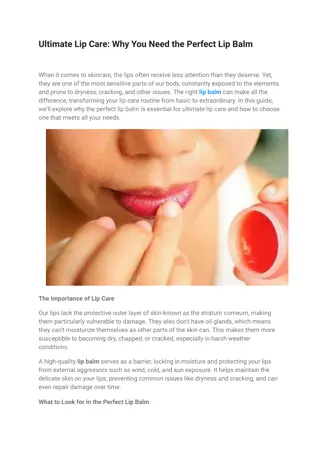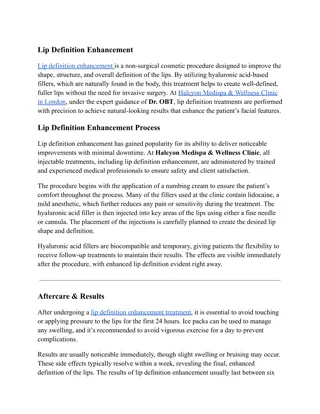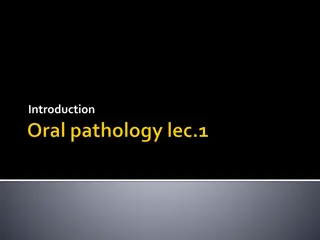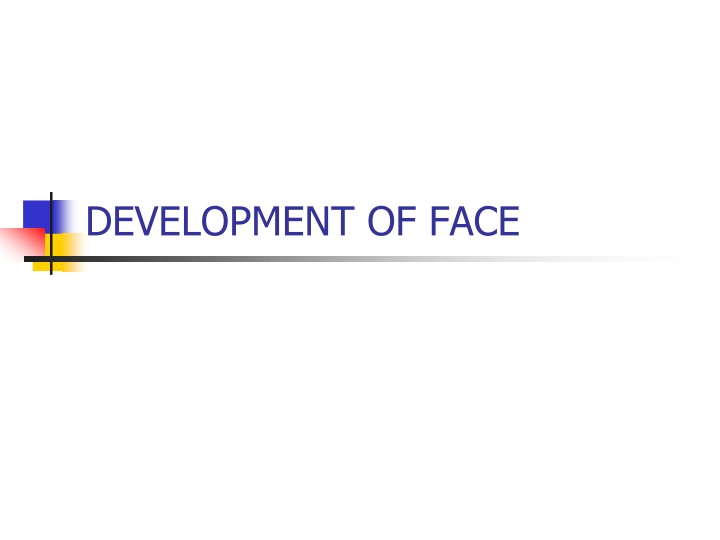
Development of Face
Explore the intricate process of lip and palate development, including anomalies like cleft lips, through detailed images and descriptions. Learn how the upper and lower lips form and understand the significance of fusion processes. Dive into the complexities of facial structure and neural innervation to grasp the full scope of development.
Download Presentation

Please find below an Image/Link to download the presentation.
The content on the website is provided AS IS for your information and personal use only. It may not be sold, licensed, or shared on other websites without obtaining consent from the author. If you encounter any issues during the download, it is possible that the publisher has removed the file from their server.
You are allowed to download the files provided on this website for personal or commercial use, subject to the condition that they are used lawfully. All files are the property of their respective owners.
The content on the website is provided AS IS for your information and personal use only. It may not be sold, licensed, or shared on other websites without obtaining consent from the author.
E N D
Presentation Transcript
Purpose Statement: At the end of the lecture, the students should be able to describe the Development of lips upper and lower .,Anomalies of lip, Development of palate, Anomalies of palate
Learning Objectives At the end of the lecture the student should be able to Condition S.N. Learning Objectives Domain Level Criteria Development of lips upper and lower . Anomalies of lip 1 Cognitive Must Know All Development of palate Anomalies of palate 2 Cognitive Must Know All
CONTENTS Development of lips Development of lips Anomalies of lips
Development of lips: Lower lip: Lower lip and lower jaw develop by the fusion of mandibular processes of two sides. Lower lip forms the lower margin of the stomatodeum.
Upper lip: Lateral part of the upper lip is formed by the proliferation of the mesoderm of the maxillary process. Mesoderm of philtrum of the upper lip is derived from the frontonasal process.
However the ectoderm of maxillary process overgrows this mesoderm so as to meet the ectoderm of the opposite side in the midline.
Thus the skin of the entire upper lip is innervated by maxillary nerves. The muscles of the lips and whole of the face are derived from the second branchial arch.
Anomalies of lips: Hare lip one or both of the maxillary processes fail to fuse with medial nasal process. It may be unilateral or bilateral .
Unilateral Harelip: Bilateral Harelip:
Commissural Labial pits: Cleft of lower lip:
Development of palate: Palatal shelves or palatal processes are outgrowths given from the medial edges of maxillary processes Palate is formed by the fusion of two palatal processes with each other and with primary palate.
Medial edges of palatal processes fuse with lower edges of nasal septum thus separating two nasal cavities from each other and from mouth.
Three elements that make up the palate:- a) Two lateral maxillary shelves b) Primary palate of the frontonasal prominence Initially they are widely separated. Due to the vertical orientation of the lateral shelves on either side of the tongue.
Palatal development begins in week 5, but weeks 6-9 are most critical. Formation of intermaxillary segment from merged medial nasal prominences. Primary palate forms from median palatine process ossifies as the premaxillary portion of the maxilla.
During 8thweek intrauterine life a remarkable transformation in position of the lateral shelves takes place. They alter from vertical to horizontal as a prelude to their fusion and partitioning the oronasal chamber. The transition is completed within hours.
Torus palatinus Bohn s Nodules
Anomalies of palate: Cleft palate: caused due to non-fusion of palatal processes with primary palate.
Unilateral cleft lip and palate: Bilateral cleft lip and palate:
Cleft palate: Bifid uvula:
Summary: Development of lips upper and lower . Anomalies of lip Development of palate Anomalies of palate


